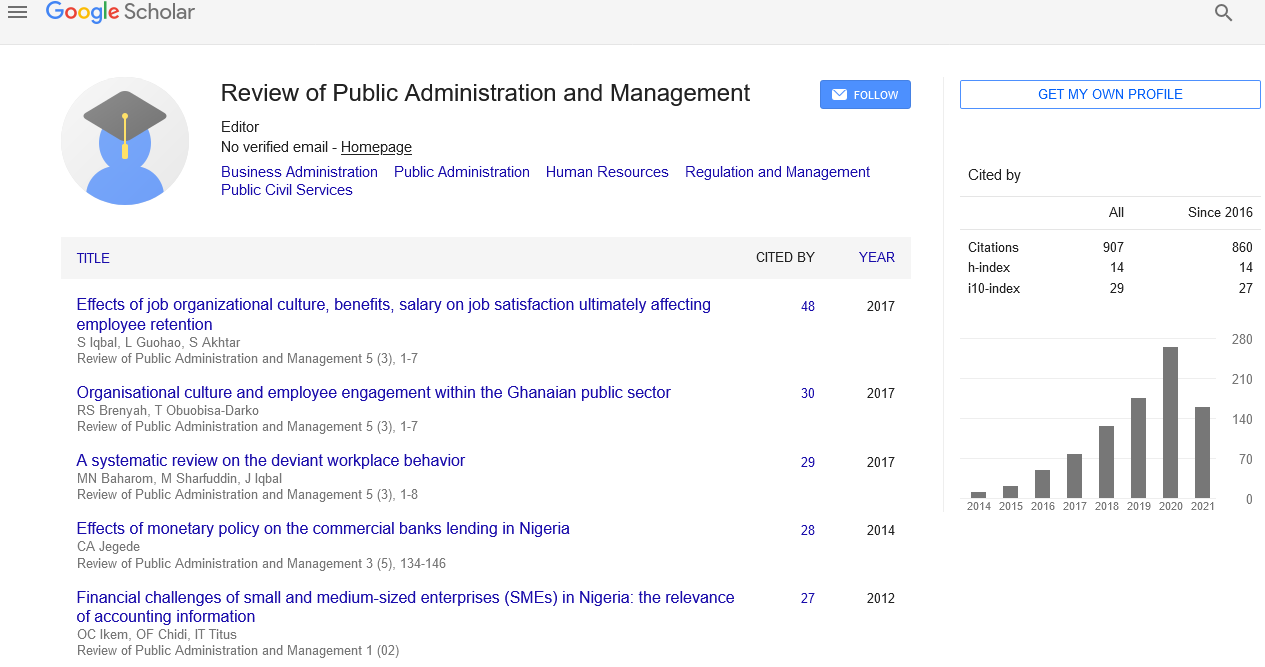Indexed In
- CiteFactor
- RefSeek
- Directory of Research Journal Indexing (DRJI)
- Hamdard University
- EBSCO A-Z
- Scholarsteer
- Publons
- Euro Pub
- Google Scholar
Useful Links
Share This Page
Journal Flyer

Open Access Journals
- Agri and Aquaculture
- Biochemistry
- Bioinformatics & Systems Biology
- Business & Management
- Chemistry
- Clinical Sciences
- Engineering
- Food & Nutrition
- General Science
- Genetics & Molecular Biology
- Immunology & Microbiology
- Medical Sciences
- Neuroscience & Psychology
- Nursing & Health Care
- Pharmaceutical Sciences
Abstract
The 50th year of green revolution - Why this cataclysmic turn after 1995?
J.Cyril Kanmony
In India a pilot scheme called Intensive Agricultural District Programme (IADP) was introduced in seven districts in 1960-’61. However, the modern agricultural technology called High Yielding Varieties Programme (HYVP) or simply Green Revolution was introduced throughout the country in 1967-68. The introduction of HYVP transformed the ‘ship-to-mouth’ Indian economy into a ‘ship-to-others’ economy. The production of agricultural products, cereals in particular, increased tremendously after the introduction of HYVP. The total cereals production increased to 162 million tonnes in 1990-’91 from a mere quantity of 62 million tonnes in 1960-’61. It further increased to more than 235 million tonnes in 2015-’16. As cereals production increased the total food production also increased; it increased from 82 million tonnes in 1960-’61 to 176 million tonnes in 1990-’91 and to more than 252 million tonnes in 2015-’16. Of the cereals, wheat experienced a large quantum of increase; it was only 10 million tonnes in 1960-61, but in 1970 it had doubled and in 2013-’14 the production was 95.8 million tonnes. The ratio of wheat production to rice production was only 31 in 1960-’61, but it increased to 74 in 1990-’91 and further to 85 in the 2000s and the yield per hectare of wheat has also increased from 850 kg to more than 2900 kg in the same period (Datt and Sundaram; Mahapatra). However, the growth of agriculture is only 1% between 1991 and 2016, while other sectors grow at 8% per annum.


